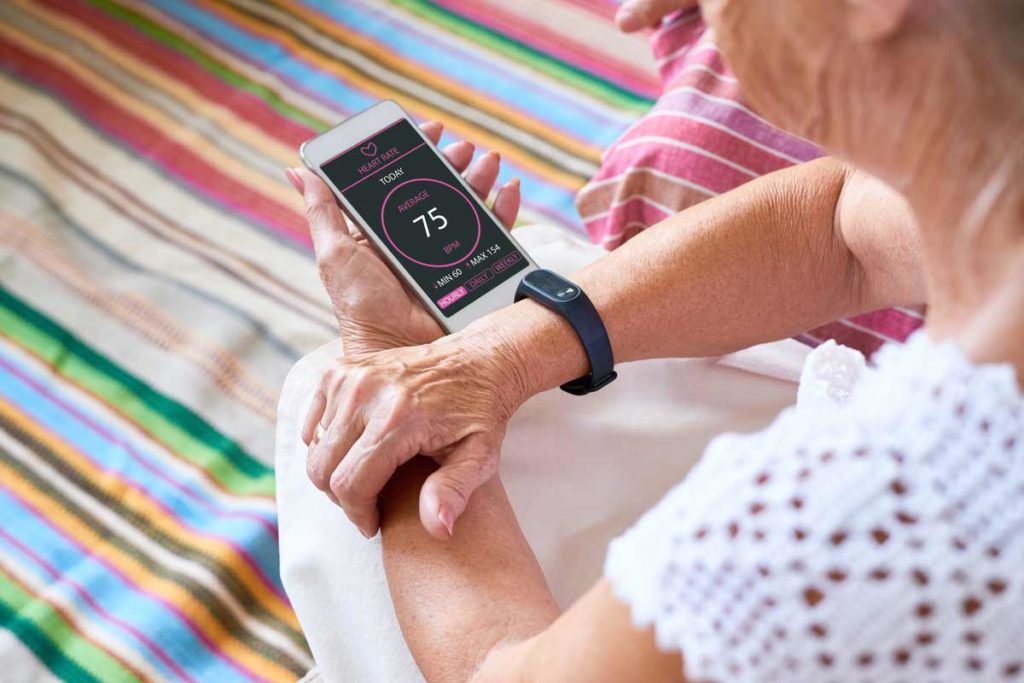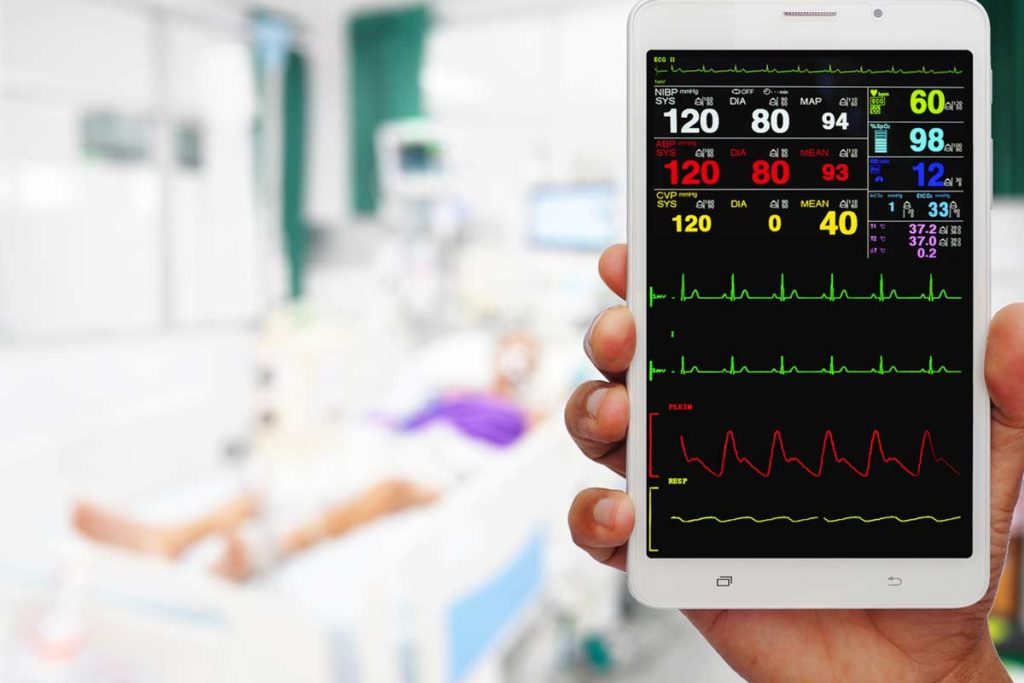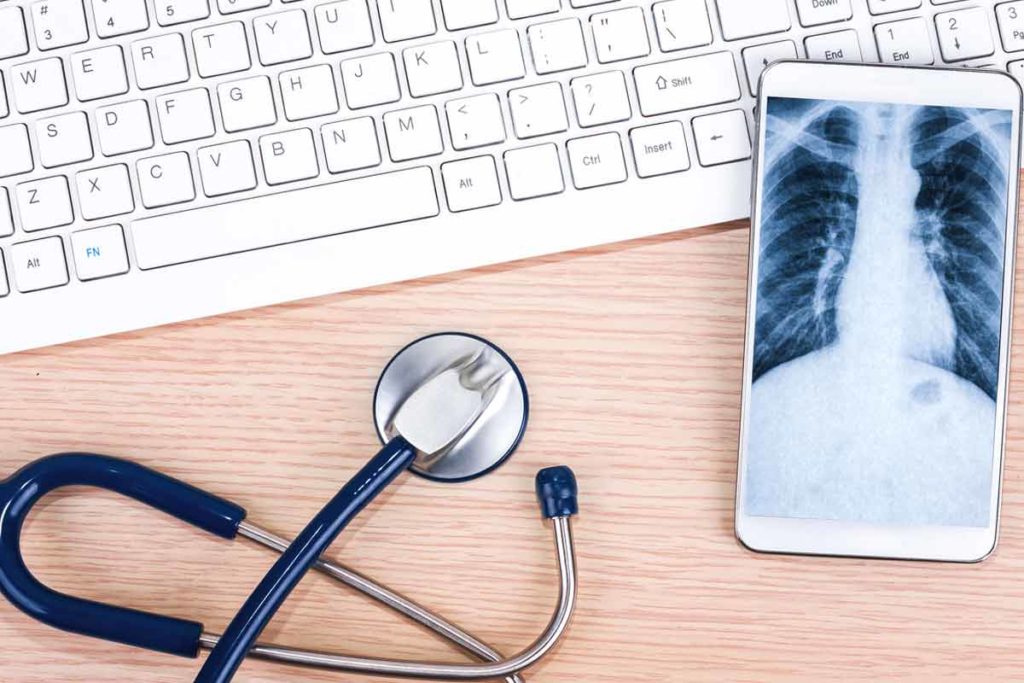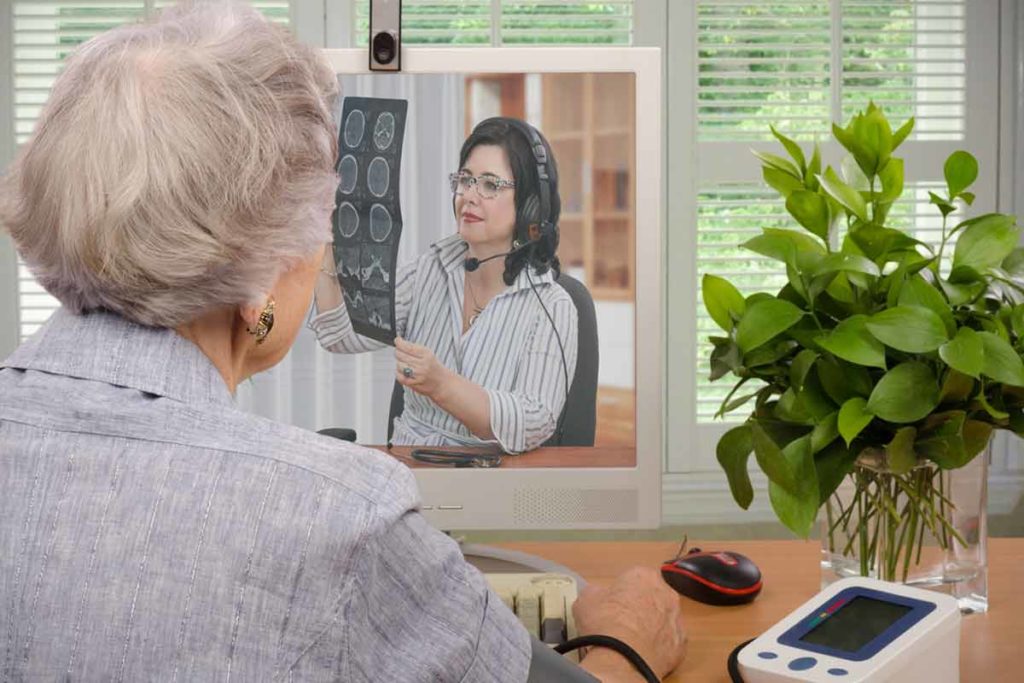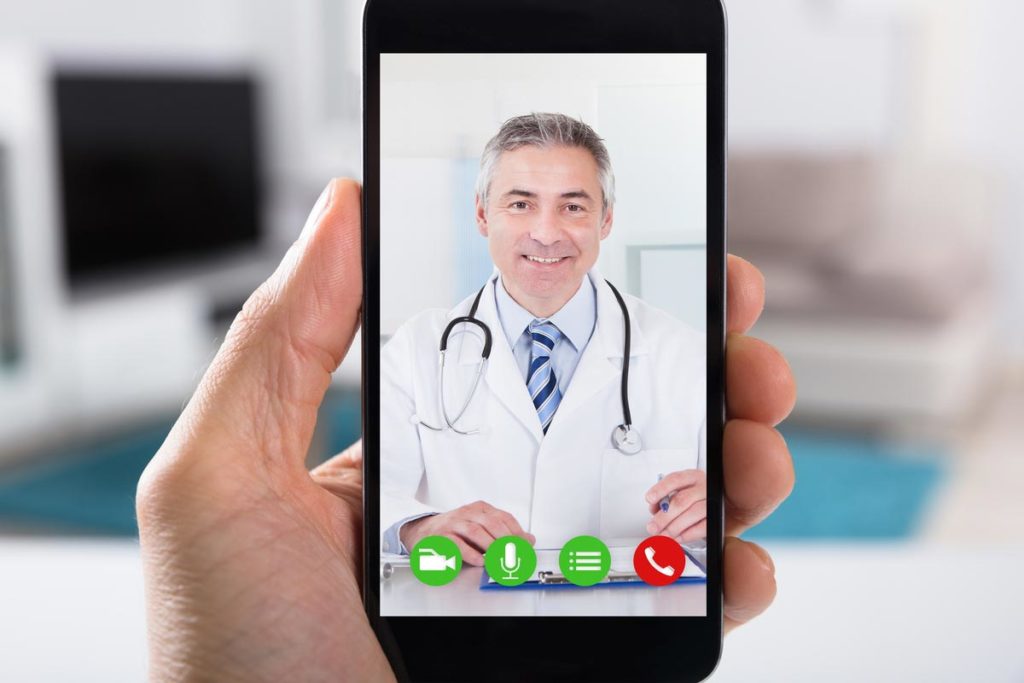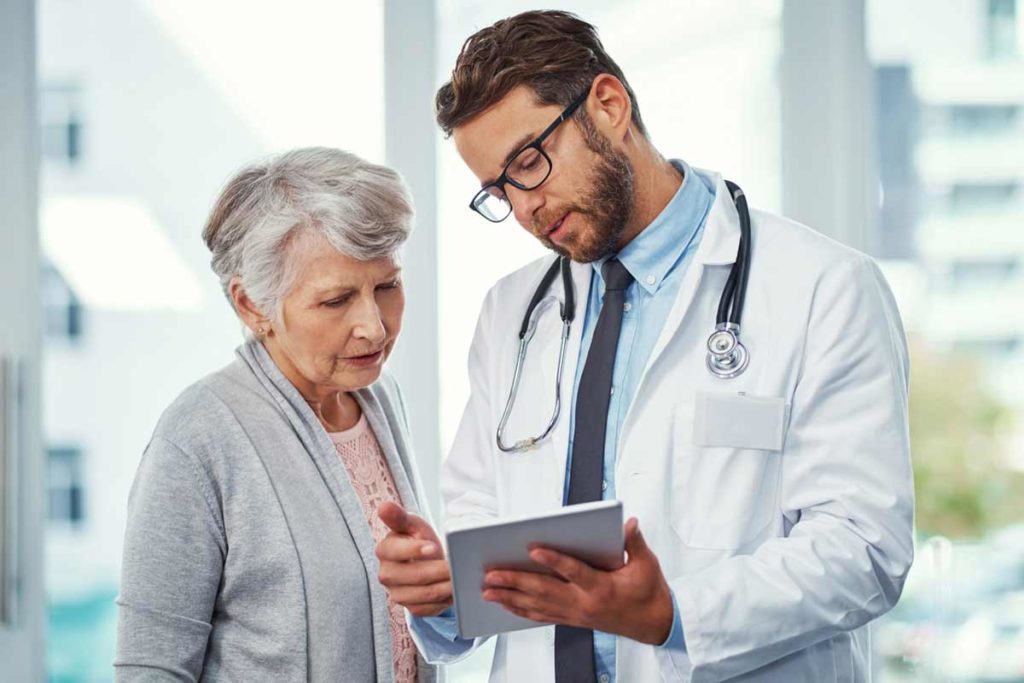Mobile Health Defined
Mobile health, sometimes referred to as “mHealth” or “telehealth,” involves using some type of mobile or wireless device to tend to your healthcare needs.
By definition then, mobile health can mean one of two things:
Even government agencies such as the Veterans Health Administration are regularly using this technology to help promote health and wellness within the populations they serve.
Obtaining Medical Attention, Information Or Advice Via Phone, Tablet, Or Other Type Of Wireless Device
This is often referred to as telemedicine and examples of this type of mobile healthcare would include using an app to meet with your doctor by video, using website-based chat services to obtain medical advice, or accessing your own medical information via a secure online portal provided by your doctor or healthcare system.
The American Telemedicine Association (ATA) indicates that telemedicine is “a significant and rapidly growing component of health care in the United States,” with approximately 200 networks and 3,500 service sites in use today. Even government agencies such as the Veterans Health Administration are regularly using this technology to help promote health and wellness within the populations they serve.
Using Wireless Technology To Transmit Health Information To Healthcare Providers For Diagnosis Or Treatment Purposes
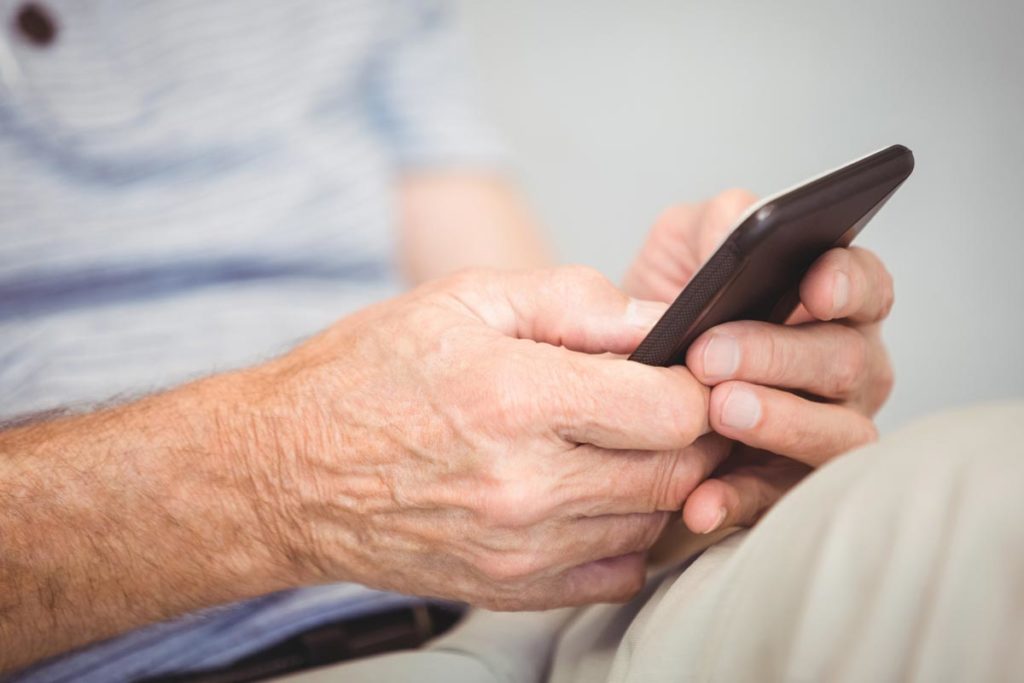
Mobile health is also used to describe heart rate monitors, wearable blood glucose monitors, and other types of devices that enable a healthcare provider to track a patient’s health over a certain period of time without having to keep him or her in a medical care facility. This type of mobile health is used to either help identify whether a particular health issue may exist or to ensure that proper treatment levels are being achieved.
Benefits of Telemedicine
The Centers for Disease Control and Prevention (CDC) reports that 84.6 percent of adult Americans have had contact with a healthcare provider at least once in the past year, contributing to a total of 990.8 million physician office visits annually. That amount of time reduces to six months when considering those aged 65 and older, according to the 2016 National Health Survey. The Benefits of Telemedicine to this population include
84.6 percent of adult Americans have had contact with a healthcare provider at least once in the past year, contributing to a total of 990.8 million physician office visits annually.
Iinstant Access To Healthcare Information
As of March 2018, there were 47,911 mHealth apps available in the Apple App Store according to Statista. Some of these require that individuals enter their own health-related information and others collect the data themselves. Either way, applications like these provide individuals with immediate access to their own healthcare information whether they are home, at work, traveling, or anywhere else in the world.
Track Own Health More Easily

Another benefit of telehealth applications is that they allow individuals to more easily track their own health data. No more asking doctors to forward test results and no more being completely unaware of what changes your healthcare provider sees from one visit to the next. Now, you can can simply log-in to the systems and find that information for yourself.
Improve Recovery
Research has found that by using a wearable device patients are experiencing more positive results when recovering from cardiac surgeries, engaging in pulmonary rehabilitation, and managing chronic conditions, such as diabetes. This makes mobile health applications an important piece of the patient recovery process.
More Healthcare Options For Patients With Mobility Or Transportation Issues
The U.S. Census Bureau reports that mobility is the most common disability for Americans aged 65 and older, a factor which can make it much harder for them to tend to their healthcare needs. Plus, some individuals simply lack reliable transportation, making it difficult for them as well. Mobile healthcare solves both of these issues by making it easier for people to receive the care they need without having to physically go to a doctor’s office.
Easier To Fit Into A Busy Schedule
A 2015 study published in The Journal of General Internal Medicine found that out of 1,369 participants, 15.6 percent reported that time constraints kept them from obtaining medical care. This included constraints related to being too busy to take the time to see a doctor, as well as being faced with clinics that had inconvenient hours. In this way, mobile health options can help make it much more convenient to fit doctor’s appointments and certain diagnostic testing options into your or a loved one’s schedule, even if there is limited time available.
Better After-Hours Healthcare Options
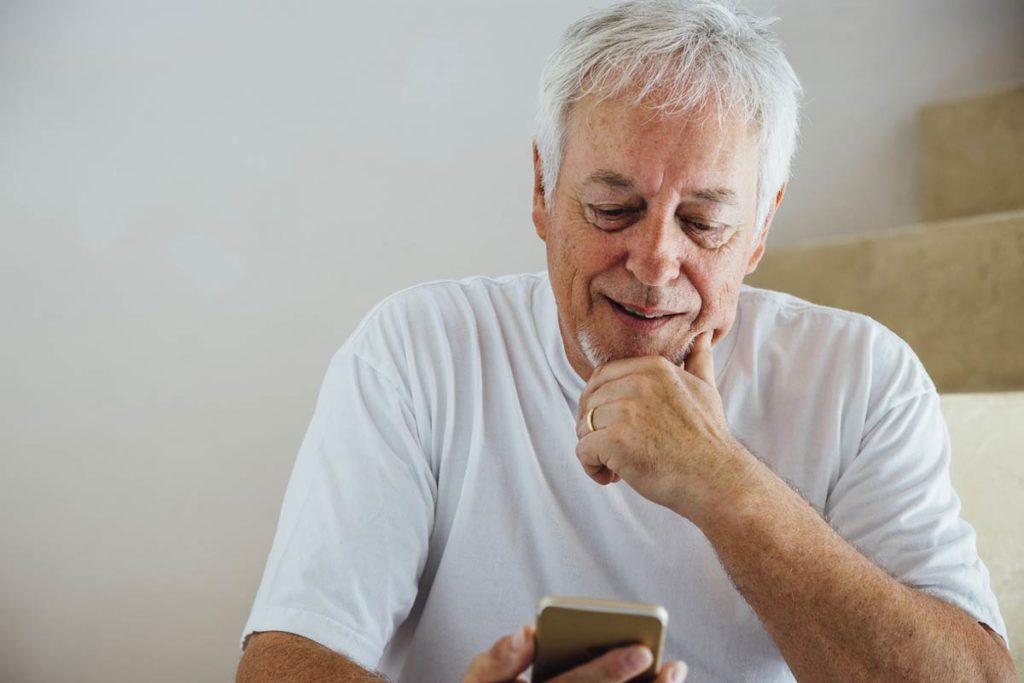
One survey found that one in two adult Americans (51 percent) have trouble finding suitable healthcare options on nights and weekends, leaving the local emergency room as the only option if care is needed in these particular times. Mobile healthcare removes this obstacle because many applications are available 24 hours a day, 7 days a week.
Mobile healthcare removes this obstacle because many applications are available 24 hours a day, 7 days a week.
No In-Office Wait Time
The average wait time in a doctor’s office ranges from 13 minutes and 22 seconds to 25 minutes and 57 seconds depending on the state you live in, according to data conducted by Vitals. Not only can this time be daunting, but it can also affect your satisfaction with the medical care you receive. According to Vitals, it was discovered that a wait time in excess of 21 minutes and 55 seconds can turn the experience into a negative one. Thus, not having to physically sit and wait in a doctor’s office for things that you can handle over the internet means more time in your day to take care of all of your other obligations—with a more positive outlook!
More Convenient Follow-Up Visits
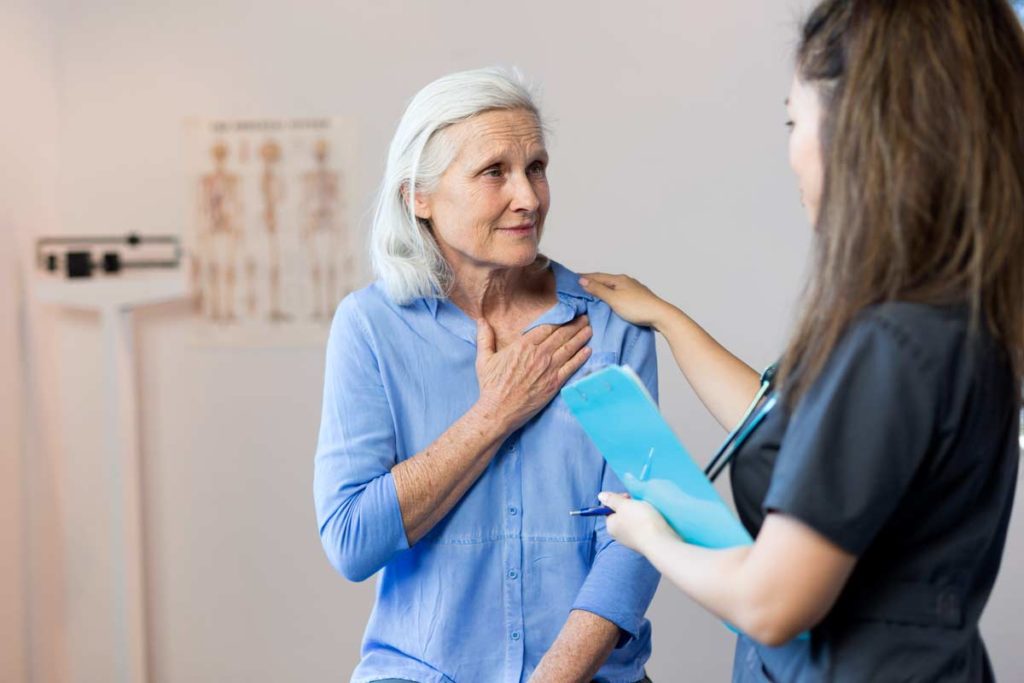
In some cases, healthcare practitioners want to see patients as a follow-up to their initial appointment. In others, such as those related to chronic health conditions, regular visits may be required to ensure the condition is being properly managed. Some of these visits could be handled via video call or by secure messaging systems (email, chat, or text), reducing the need to physically attend what are typically fairly quick visits.
Decreased Risk Of Germs
If you’ve ever been in a doctor’s office and ended up sitting next to someone who is sneezing and coughing, then you know how troubling this scenario can be. Rightfully so, because after visiting 10 doctor’s offices, Inside Edition’s investigative team found that one-half of them tested positive for staphylococcus aureus, a bacteria responsible for skin infections and pneumonia. That’s not to say that all healthcare facilities are littered with germs, but if your immune system is already compromised or you simply don’t want to risk getting sick, mobile healthcare options can help lower your risk of picking up the latest germs.
Better Access To Your Own Healthcare Provider While Traveling
Some people spend a decent amount of time away from home, either due to traveling or because they may split their time between two residences. By using telehealth options when care is needed, depending on the application, individuals in these types of scenarios generally have the option of sticking with the same primary care provider—or at least the same healthcare system—regardless of where they are geographically at the time.
Less Expensive
The ATA reports that mobile health options provides costs savings for patients “through better management of chronic diseases, shared health professional staffing, reduced travel times, and fewer or shorter hospital stays.” This all reduces the amount of money you or a loved one has to spend on medical care.
Potential Telemedicine Cons

Even though there are many benefits to using telemedicine to tend to you or your loved one’s medical needs, there are some cons. Here are a few to consider, courtesy of University of California Berkeley.
There’s not much worse than being cut off mid appointment only to have to call back and start the whole process over again.
Diagnosis Issues
Because you’re simply chatting online or sending in pictures of your medical concern via an app, the doctor’s ability to assess your condition correctly could be somewhat compromised. This may make it harder to get a proper diagnosis and learn what is really going on with you, potentially delaying effective treatment or much worse.
Lack Of Personalized Care
When you see the same doctor in person for a number of years, he or she has the opportunity to really get to know you. Subsequently, you get to know him or her as well, so you start to develop a level of trust. This type of bond and trust can be lost with mobile health options, especially if you get a different healthcare practitioner each time you use the application.
Connectivity Issues
If you’re talking to your doctor via video, you need a steady internet connection or you’re going to run into trouble. Besides, there’s not much worse than being cut off mid appointment only to have to call back and start the whole process over again. This can be extremely frustrating, especially if you aren’t feeling well.
Conditions Doctors Can Diagnose, Monitor, and Treat via Mobile Devices
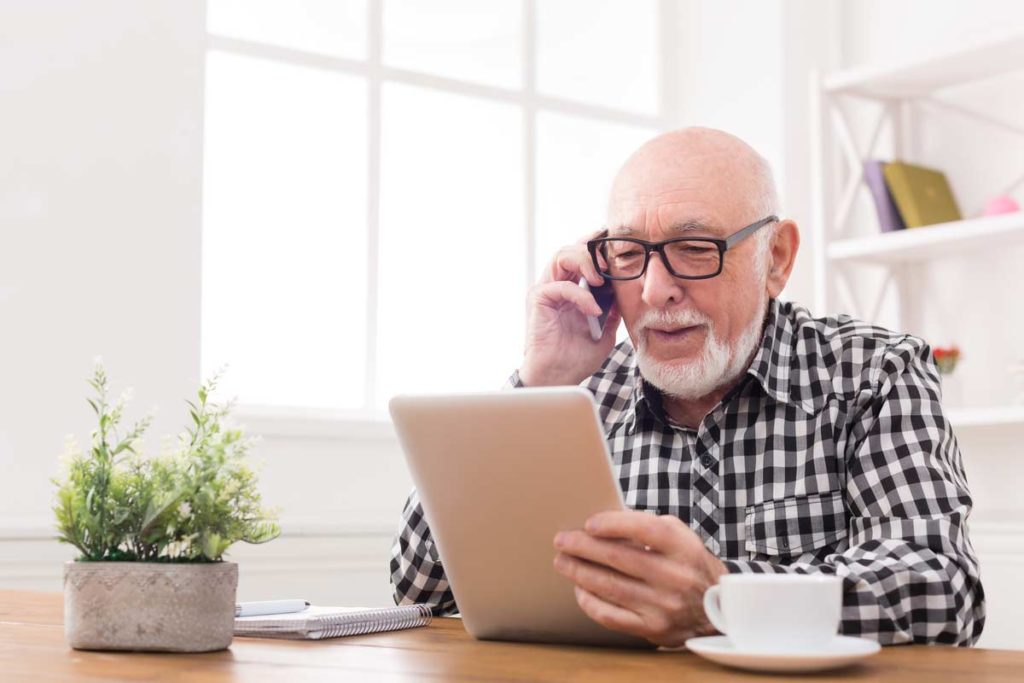
As a patient or prospective patient, you may be wondering what types of conditions can potentially be diagnosed, monitored, and treated via the telehealth approach. While every application and device is different, here are a few health issues that some practitioners are capable of addressing remotely:
